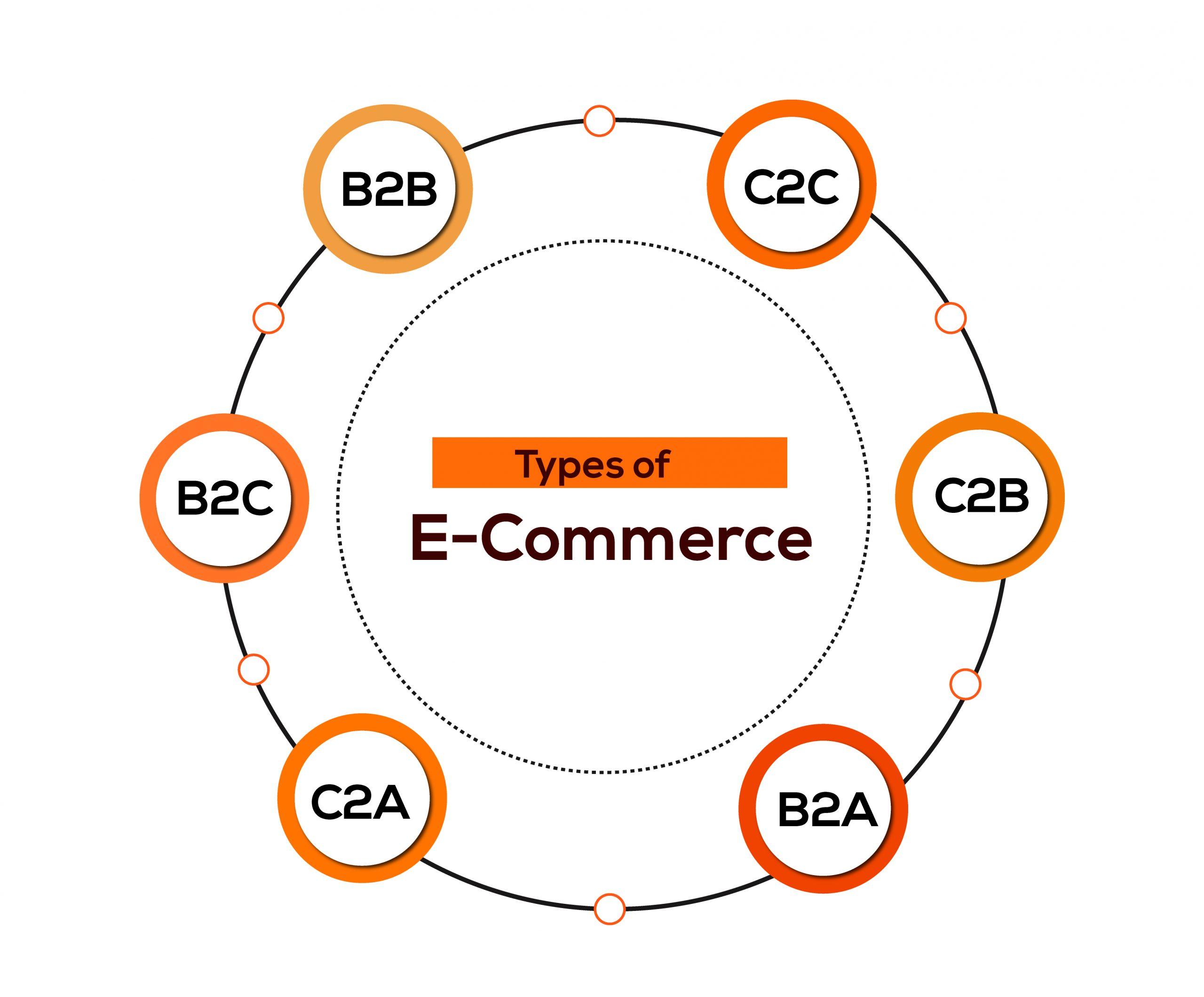Ever wondered how you can run a business without holding any inventory? Welcome to dropshipping! In this quick guide, we’ll explore how it works, helping you start your own online store with minimal risk and maximum profit potential. Let’s dive in!
How Does Dropshipping Work? A Quick Guide
Are you curious about the world of online retail but hesitant to dive in? If so, you’re not alone! With the rise of e-commerce, many aspiring entrepreneurs are exploring dropshipping as a viable business model. But what exactly is dropshipping, and how does it work? In this quick guide, we’ll break down the essentials of dropshipping in a way that’s easy to understand. Whether you’re looking to start a side hustle or launch a full-fledged online store, dropshipping offers a low-risk, low-investment way to get your feet wet in the bustling world of e-commerce. So, grab a cup of coffee, and let’s demystify this exciting business model together!
Understanding the Basics of Dropshipping
At its core, dropshipping is a retail fulfillment method that allows entrepreneurs to sell products without maintaining a physical inventory. Instead of purchasing products upfront, the seller partners with a supplier who stores and ships the products directly to customers. This means you can run an online store without the hassle of inventory management or shipping logistics.
Here’s how it typically works:
- Choose a Niche: Select a specific market or category you want to focus on. This helps you target your audience effectively.
- Find a Supplier: Partner with a dropshipping supplier or distributor who offers the products you want to sell. Popular platforms include Oberlo, AliExpress, and Printful.
- Create Your Online Store: Set up an e-commerce website using platforms like Shopify, WooCommerce, or BigCommerce. Make it visually appealing and user-friendly.
- Market Your Products: Use digital marketing strategies such as social media promotion, SEO, and email marketing to attract customers to your store.
- Process Orders: When a customer makes a purchase, you forward the order details to the supplier, who then ships the product directly to the customer.
This model offers several advantages:
- Low Startup Costs: You don’t have to invest heavily in inventory upfront, reducing financial risk.
- Flexibility: As a dropshipper, you can operate your business from anywhere with an internet connection.
- Wide Product Selection: You can offer a wide range of products without worrying about stock limitations.
However, dropshipping isn’t without its challenges. For instance, you might face:
- Thin Profit Margins: Because you’re not buying in bulk, your profit margins can be lower compared to traditional retail models.
- Dependence on Suppliers: Your business relies heavily on your suppliers for timely shipping and product quality, which can impact your reputation.
- Competition: The low barrier to entry means many others are vying for the same customers and niches.
dropshipping can be a lucrative and flexible business model if approached with the right strategy and mindset. Understanding the operational dynamics and potential pitfalls is key to harnessing its full potential.
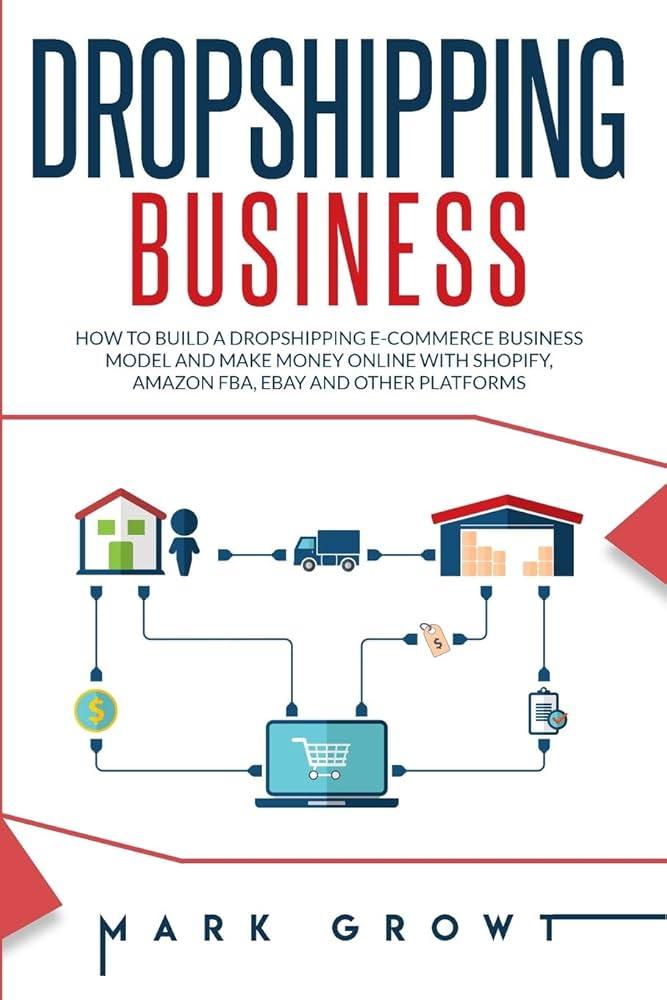
How to Choose the Right Niche for Your Dropshipping Business
Choosing the right niche for your dropshipping business is crucial for your success. It’s not just about what products you want to sell; it’s about finding a balance between passion, market demand, and profitability. Here are some key factors to consider when selecting your niche:
- Passion and Interest: Start with what excites you. If you’re passionate about a particular subject, you’ll be more likely to stay committed. Selling products in a niche you love makes the process enjoyable and sustainable.
- Market Research: Analyze current trends using tools like Google Trends, social media platforms, and keyword research tools. Look for products that show consistent interest over time, rather than fleeting fads.
- Target Audience: Clearly define your target audience. Understand their needs, preferences, and purchasing behaviors. This insight will help you tailor your marketing strategy effectively.
- Competition Analysis: Check out your competitors. A saturated market can be challenging, but it can also indicate strong demand. Look for gaps in the market that you can exploit.
- Profit Margins: Evaluate the potential profit margins of your chosen products. Ensure that there’s enough room for profit after accounting for costs like shipping, marketing, and any platform fees.
Once you’ve narrowed down your options, consider testing your niche with a small selection of products. This allows you to gauge customer reactions and adjust your offerings accordingly. Remember, flexibility is key in the dropshipping business; adapt based on what your data tells you.
keep an eye on industry trends and be willing to pivot. Niche markets can evolve, and consumer preferences can shift. Staying informed and adaptable will help you maintain a thriving dropshipping business. A strong niche isn’t just a one-time decision; it’s an ongoing process that requires attention and adjustment.

Finding Reliable Suppliers: The Key to Your Success
When venturing into the world of dropshipping, one of the most crucial aspects that can make or break your business is your choice of suppliers. Reliable suppliers not only ensure the quality of your products but also help you maintain customer satisfaction through timely deliveries. Here are some important factors to consider when searching for trustworthy partners:
- Reputation: Look for suppliers with positive reviews and a solid track record. Check platforms like Alibaba, SaleHoo, and Doba for insights from other dropshippers.
- Communication: Prompt and clear communication is vital. A reliable supplier should be responsive to your inquiries and willing to address any concerns that arise.
- Product Quality: Always request samples to verify the quality of the products before committing to a supplier. This step can save you from potential customer complaints.
- Shipping Times: Consider suppliers that offer reasonable shipping times. Fast delivery can significantly enhance customer satisfaction and improve your store’s reputation.
- Return Policy: Ensure that the supplier has a clear and fair return policy. This will help you handle customer returns smoothly and maintain trust with your buyers.
Once you’ve narrowed down your options, it’s wise to create a table comparing your potential suppliers based on the following criteria:
| Supplier Name | Shipping Time | Product Quality | Communication | Return Policy |
|---|---|---|---|---|
| Supplier A | 3-5 days | High | Excellent | 30 days |
| Supplier B | 7-10 days | Medium | Good | 14 days |
| Supplier C | 1-3 days | High | Average | 30 days |
Take your time to evaluate each supplier based on these criteria and consider conducting a trial order. This hands-on experience will give you a better understanding of how they operate and whether they align with your business goals. Ultimately, establishing a solid relationship with your suppliers can lead to greater efficiency, reduced stress, and increased profitability.
Remember, the integrity of your dropshipping business hinges on your suppliers. By investing the time and effort to find dependable partners, you set the stage for long-term success and customer loyalty in a competitive market.
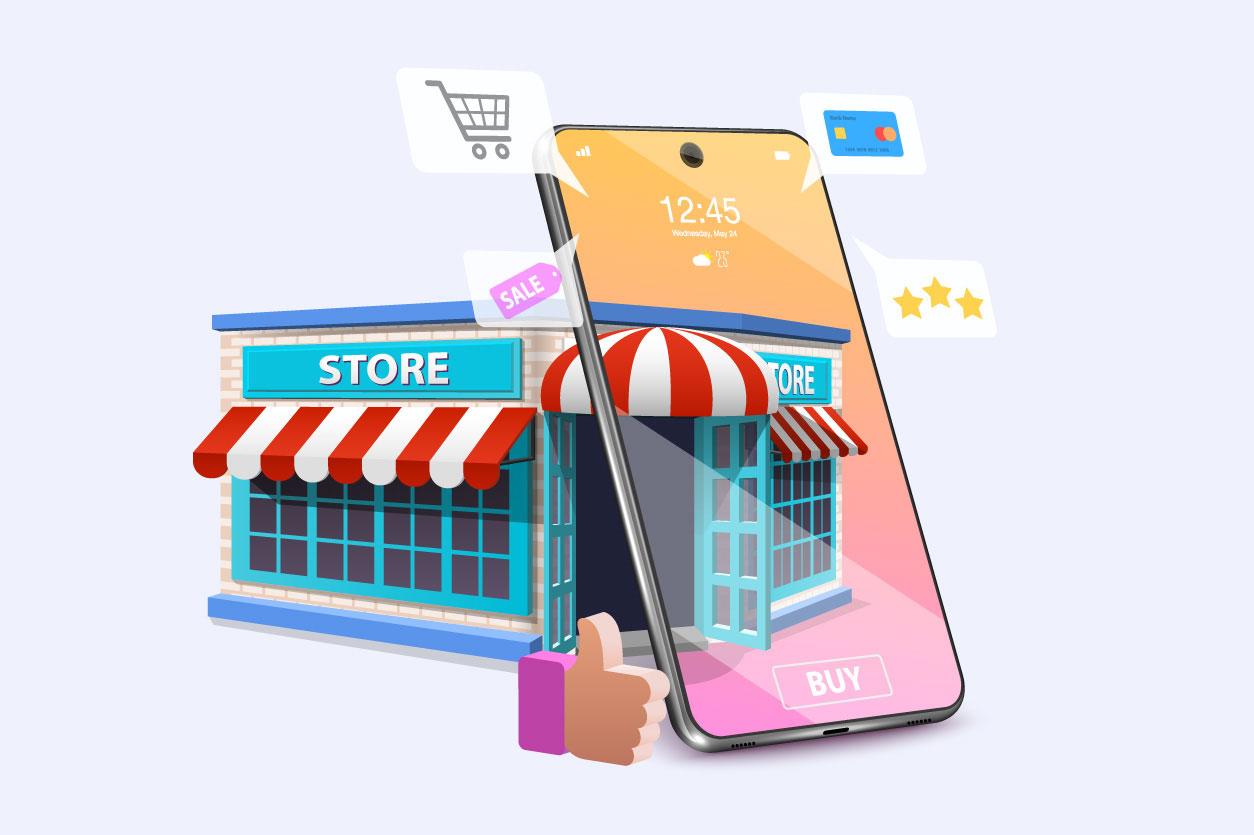
Setting Up Your Online Store: Tips for a Seamless Experience
Setting up your online store can feel overwhelming, especially if you’re new to dropshipping. However, with the right approach, you can create a seamless experience that not only attracts customers but also keeps them coming back for more. Here are some essential tips to get you started on the right foot:
- Choose the Right Platform: Select an e-commerce platform that fits your needs. Popular options include Shopify, WooCommerce, and BigCommerce. Each has its own strengths, so consider factors like ease of use, scalability, and integrations.
- Find Reliable Suppliers: The success of your dropshipping business depends heavily on your suppliers. Research and partner with reputable companies that have a track record of reliability and quality. Platforms like AliExpress and SaleHoo are great starting points.
- Design a User-Friendly Website: Your website should be visually appealing and easy to navigate. Use clean layouts, high-quality images, and clear product descriptions to enhance the shopping experience.
- Optimize for Mobile: With a significant amount of shopping happening on mobile devices, ensure your online store is responsive and works smoothly on smartphones and tablets.
Another critical aspect is implementing clear and concise policies. Here’s a handy table to show the essential policies you should consider:
| Policy Type | Description |
|---|---|
| Return Policy | Outline how customers can return items, including timeframes and conditions. |
| Shipping Policy | Detail shipping rates, methods, and expected delivery times. |
| Privacy Policy | Explain how customer data is collected and used to build trust. |
| Terms of Service | Set out the rules and guidelines for using your site. |
Don’t forget to focus on marketing strategies that will drive traffic to your store. Consider leveraging social media, email marketing, and SEO to reach potential customers. Engaging content, such as blog posts related to your niche, can also help establish your brand’s authority and attract visitors.
Lastly, measure your success by tracking key performance indicators (KPIs). Use analytics tools to monitor traffic, conversion rates, and average order value. This data will provide insights into what’s working and what needs improvement, allowing you to make informed decisions to grow your online store.
Mastering Marketing Strategies to Drive Sales
Diving into the world of dropshipping can be a game changer for aspiring entrepreneurs. It allows you to sell products without the burden of managing inventory or handling shipping logistics. This model provides a unique opportunity to implement effective marketing strategies that can significantly drive sales.
First and foremost, understanding your target audience is essential. Knowing who your customers are allows you to tailor your marketing efforts. Consider these strategies:
- Data Analysis: Utilize analytics tools to gather insights about your potential customers’ preferences and behaviors.
- Customer Personas: Create detailed profiles of your ideal customers to guide your marketing campaigns.
- Feedback Loops: Encourage feedback through surveys to continuously refine your understanding of what drives your audience.
Another crucial aspect is leveraging social media platforms to enhance visibility. Here are some effective tactics:
- Engaging Content: Share visually appealing posts about your products, including user-generated content to build trust.
- Influencer Collaborations: Partner with influencers who resonate with your target market to reach a broader audience.
- Promotions and Discounts: Use limited-time offers to create urgency and encourage potential customers to make a purchase.
Don’t underestimate the power of email marketing. It remains one of the most effective channels for driving sales. Here’s how you can make it work for your dropshipping business:
- Personalization: Craft personalized emails that address individual customer needs and preferences.
- Segmentation: Organize your email list into segments based on purchasing behavior to send targeted messages.
- Abandoned Cart Reminders: Implement automated emails to remind customers of items they left in their carts, complete with enticing incentives.
Lastly, aligning your marketing strategies with a well-structured sales funnel can maximize conversion rates. Below is a simplified view of a typical sales funnel:
| Stage | Focus | Action |
|---|---|---|
| Awareness | Brand Promotion | Content Marketing |
| Interest | Engagement | Social Media Campaigns |
| Decision | Encouragement | Email Offers |
| Action | Conversion | Checkout Process |
By seamlessly integrating these strategies into your dropshipping business model, you can create a powerful marketing approach that not only attracts customers but also turns them into loyal advocates for your brand. Remember, mastery comes from continuous learning and adaptation, so stay agile and ready to pivot your strategies as necessary.
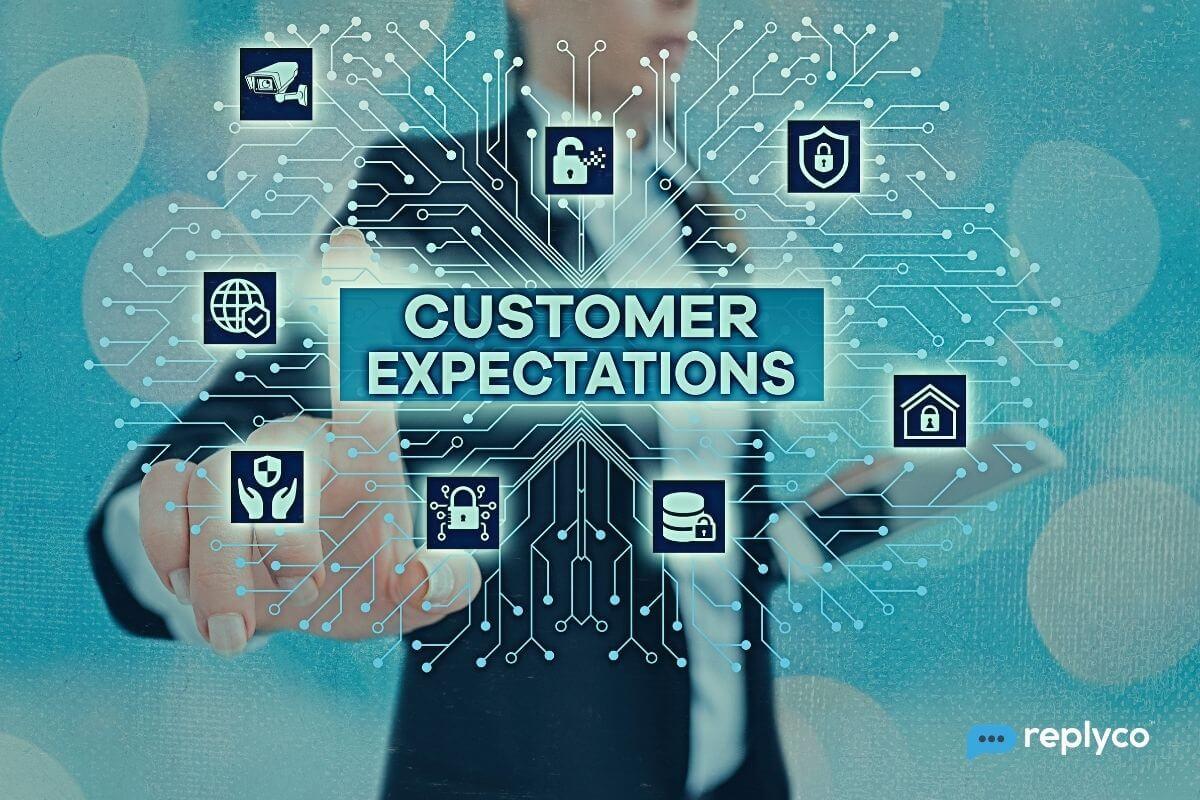
Managing Customer Expectations and Providing Excellent Service
In the world of dropshipping, managing what customers expect is crucial. With the unique business model where you don’t hold inventory, clear communication becomes your best ally. It’s essential to set realistic timelines for shipping and delivery. Customers should know exactly when to expect their products, so they aren’t left in the dark. Transparency can build trust, which ultimately leads to better customer satisfaction.
Here are some strategies to enhance the customer experience:
- Clear Product Descriptions: Make sure your product listings are detailed. Include dimensions, materials, and images from multiple angles.
- Transparent Shipping Information: Clearly state the estimated delivery time and shipping costs at checkout to avoid surprises.
- Prompt Communication: Respond quickly to customer inquiries. Whether it’s through email, chat, or social media, timely responses can turn a potential complaint into a loyal customer.
It’s also beneficial to integrate automated systems that can handle customer queries about order status. Consider implementing chatbots or automated email responses that provide updates on shipping and order processing. This proactive approach can significantly reduce uncertainty for the customer and enhance their overall experience.
Furthermore, addressing issues when they arise is key to maintaining a good relationship with your clients. Creating a straightforward return policy and easy refund process can ease customer concerns. Here’s a simple table to illustrate how to handle common issues:
| Issue | Resolution |
|---|---|
| Wrong Item Shipped | Apologize and send the correct item immediately with a return label for the wrong item. |
| Delayed Shipment | Notify the customer with an explanation and offer a discount or future credit. |
| Defective Product | Offer a replacement or refund based on customer preference. |
Lastly, encourage feedback and take it seriously. Customers appreciate knowing their opinions matter. Use surveys or follow-up emails to ask about their purchase experience. This not only shows that you care but also gives you valuable insights into how to improve your service.

Navigating Challenges: Common Dropshipping Pitfalls to Avoid
In the world of dropshipping, entrepreneurs often envision a seamless business model with minimal overhead and maximum profits. However, while the premise is enticing, the reality can be riddled with challenges. Identifying and avoiding common pitfalls is essential for sustaining long-term success.
One major challenge arises from supplier reliability. It’s crucial to partner with suppliers who are trustworthy and consistent. A single shipment delay or a stock out can lead to dissatisfied customers and tarnished reputations. To mitigate this risk, consider establishing relationships with multiple suppliers for the same products, ensuring a backup option is available in case one fails to deliver.
Another common hurdle is underpricing products. While the temptation to set lower prices to attract customers is strong, this approach can quickly lead to unsustainable profit margins. Instead, conduct thorough market research to find a balance between competitive pricing and profitability. Communicating the value of your products is key—customers are often willing to pay more for quality and reliability.
Also, be wary of poor customer service. In a dropshipping model, the seller is often the face of the business, even though they don’t handle the logistics. Quick responses to customer inquiries and effective problem resolution can set you apart from competitors. Consider implementing a robust customer support system, and make sure your communication is clear and timely.
Lastly, many dropshippers neglect effective marketing strategies. Relying solely on organic traffic is a common mistake. Invest in various marketing channels, including social media advertising, email marketing, and search engine optimization. Understanding your target audience and tailoring your marketing efforts to their preferences can significantly enhance your visibility and sales.
| Common Pitfalls | Solutions |
|---|---|
| Supplier Reliability | Build relationships with multiple suppliers |
| Underpricing | Conduct market research for competitive pricing |
| Poor Customer Service | Implement responsive customer support |
| Ineffective Marketing | Diversify marketing channels and strategies |
Tracking Your Success: Essential Metrics to Monitor
When it comes to dropshipping, keeping a finger on the pulse of your business is crucial. With the right metrics, you can gain valuable insights into how your store is performing and identify areas for improvement. Here are some essential metrics to track:
- Sales Revenue: The total income generated from sales is a primary indicator of your business’s health. Monitor this regularly to see trends over time and assess the impact of marketing strategies.
- Conversion Rate: This metric shows the percentage of visitors who make a purchase. A low conversion rate may indicate issues with your product pages, pricing, or overall user experience.
- Customer Acquisition Cost (CAC): Understanding how much you spend to acquire each new customer is vital. Compare this metric against the lifetime value of your customers to ensure profitability.
- Average Order Value (AOV): Tracking how much customers spend per order can help you gauge the effectiveness of upselling and cross-selling strategies.
- Return Rate: A high return rate can signal problems with product quality or misleading descriptions. Regularly assess this metric to maintain customer satisfaction and reduce losses.
- Website Traffic: Monitor the number of visitors to your site to understand the effectiveness of your marketing campaigns. A spike in traffic can indicate successful promotions or social media efforts.
To visualize these metrics, you can use a simple table that summarizes your dropshipping performance over a set period. Here’s an example:
| Month | Sales Revenue | Conversion Rate | Average Order Value | Return Rate |
|---|---|---|---|---|
| January | $5,000 | 2.5% | $50 | 5% |
| February | $6,200 | 3.0% | $55 | 4.5% |
| March | $7,500 | 3.5% | $60 | 4% |
By regularly analyzing these metrics, you can make data-driven decisions to enhance your dropshipping strategy. For instance, if your conversion rate is low, consider optimizing your website’s user experience or running targeted advertising campaigns. Alternatively, if your return rate is higher than industry standards, it might be time to reevaluate your product selection or supplier quality.
Ultimately, tracking these essential metrics gives you the insight needed to navigate the complexities of dropshipping successfully. Don’t just focus on the numbers; use them as a roadmap to guide your business toward growth and sustainability.
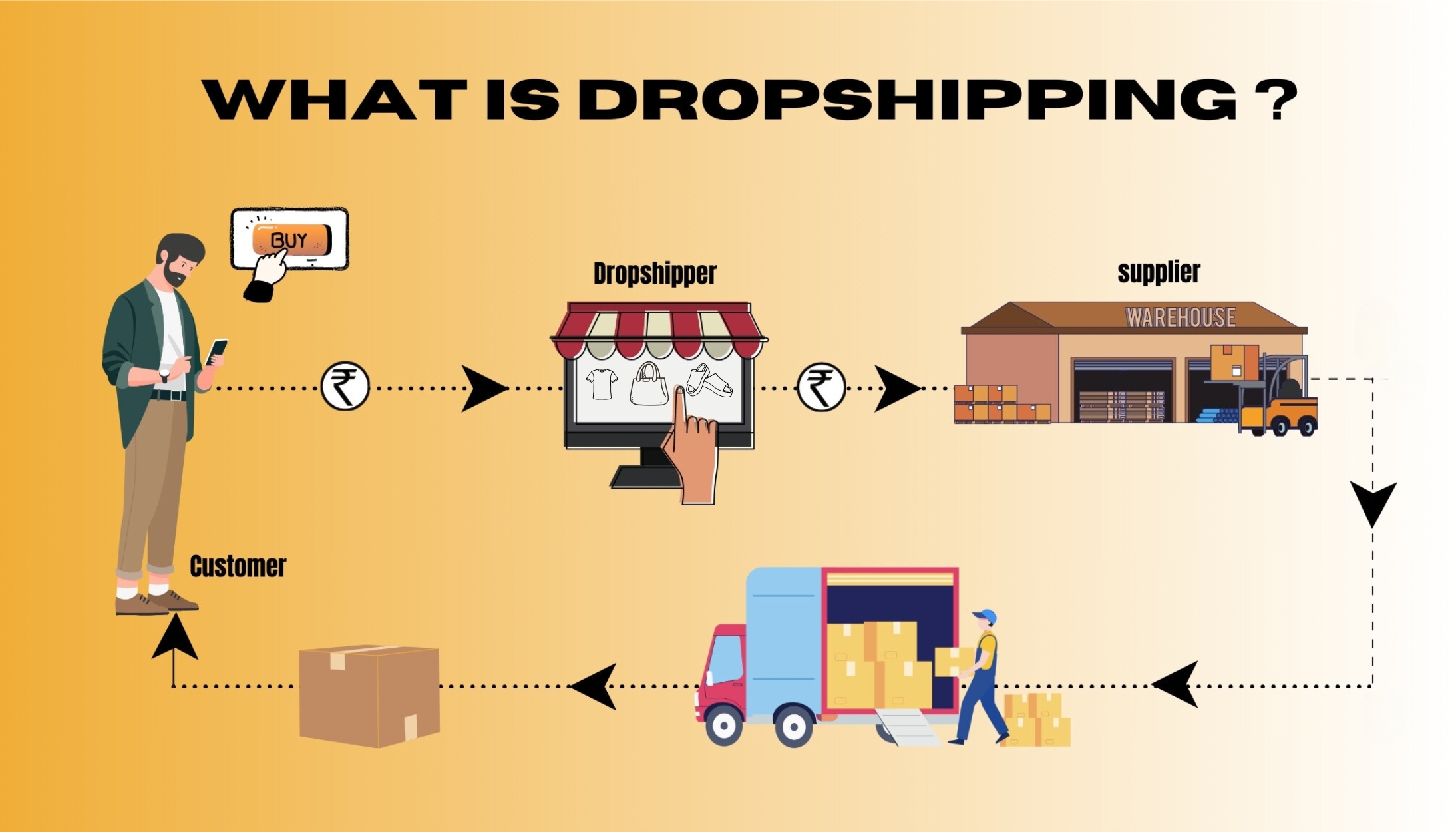
Scaling Your Dropshipping Business for Long-Term Growth
As your dropshipping business begins to thrive, it’s crucial to implement strategies that foster long-term growth. Scaling your operations not only allows you to reach a broader audience but also positions your brand as a leader in the market. Here are some effective methods to enhance scalability and ensure sustainable success:
- Diversify Your Product Range: Expanding your offerings can attract new customers and meet varying demands. Consider adding complementary products to your existing catalog.
- Automate Processes: Utilize software tools to automate order processing, inventory management, and customer service. Automation frees up time for you to focus on strategic initiatives.
- Optimize Your Online Store: Regularly update your website to enhance user experience. A streamlined interface can increase conversion rates and reduce cart abandonment.
- Leverage Data Analytics: Analyze sales data and customer behavior to make informed decisions. Understanding trends helps in tailoring marketing strategies and inventory management.
Furthermore, consider building strong relationships with reliable suppliers. Supplier reliability plays a crucial role in your business’s reputation. A trusted supplier ensures that products are delivered on time and meet quality standards, fostering customer loyalty. To maintain strong supplier partnerships, keep communication open and transparent.
Investing in targeted marketing strategies is equally essential. Utilize social media platforms, email marketing, and SEO techniques to reach your target audience effectively. Consider creating engaging content that resonates with your consumers and encourages them to share your brand with others. Here’s a simple table highlighting effective marketing channels:
| Marketing Channel | Benefits |
|---|---|
| Social Media Advertising | Wide reach, targeted ads, and user engagement. |
| Email Marketing | Cost-effective, personalized communication, high ROI. |
| SEO | Increases organic traffic, builds credibility, long-term results. |
never underestimate the power of customer feedback. Engage with your audience and encourage them to share their experiences. Use this feedback to improve your products and services. Building a community around your brand can lead to loyal customers who will advocate for your business.

Staying Ahead of Trends: Adapting in a Competitive Market
In today’s fast-paced e-commerce landscape, staying ahead of trends is crucial for any dropshipper looking to thrive. The beauty of dropshipping lies in its flexibility, which allows entrepreneurs to pivot quickly and adapt to changing market demands without the burden of excess inventory. By leveraging this model, business owners can experiment with new products and niches, ensuring they remain competitive.
To effectively adapt to market changes, consider the following strategies:
- Market Research: Regularly analyze consumer behavior, trending products, and competitor offerings. Tools like Google Trends and social media analytics can provide valuable insights.
- Customer Feedback: Actively seek feedback from your customers. Understanding their needs and preferences can guide your product selection and marketing strategies.
- Flexibility in Offerings: Be ready to drop underperforming products and introduce new ones based on market trends. This adaptability can set you apart from competitors stuck in their ways.
Utilizing data analytics is another powerful tool in your arsenal. By tracking sales performance and customer interactions, you can identify which products resonate with your audience. Here’s a simple table illustrating how to categorize products based on their performance:
| Product Category | Performance Indicators |
|---|---|
| High Performers | Consistent sales, positive reviews |
| Moderate Performers | Occasional sales, mixed reviews |
| Underperformers | Low sales, negative feedback |
Moreover, harnessing the power of social media can significantly boost your visibility in a competitive market. Platforms like Instagram and TikTok are excellent for showcasing trending products and engaging with potential customers. Consider using influencer partnerships to tap into new audiences and drive traffic to your store.
Lastly, don’t underestimate the importance of building a brand that resonates with your audience. Craft a unique value proposition that sets you apart from the competition. When customers feel a connection to your brand, they are more likely to choose you over others, even in a crowded marketplace.
Frequently Asked Questions (FAQ)
Q: What exactly is dropshipping?
A: Great question! Dropshipping is a retail fulfillment method where a store doesn’t keep the products it sells in stock. Instead, when you sell a product, you purchase the item from a third party—usually a wholesaler or manufacturer—who then ships it directly to the customer. This means you don’t have to handle the product yourself!
Q: How does the process work step by step?
A: It’s pretty simple! First, you set up an online store (this can be through platforms like Shopify or WooCommerce). Then, you list products for sale that you have sourced from suppliers. Once a customer places an order on your site, you purchase the item from your supplier, who then ships it directly to your customer. Voilà! No inventory hassles for you.
Q: What are the main benefits of dropshipping?
A: There are several! First off, you don’t need a large upfront investment since you don’t need to buy inventory in advance. It’s also flexible—you can run your business from anywhere with an internet connection. Plus, you can offer a wide range of products without the risk of being stuck with unsold items.
Q: Are there any downsides to dropshipping?
A: Absolutely, and it’s important to be aware of them! One potential downside is that your profit margins can be lower compared to traditional retail, as you’re relying on third-party suppliers. Additionally, you might face issues with inventory management and shipping delays since you don’t control the supply chain. It’s crucial to partner with reliable suppliers!
Q: How do I find a good supplier?
A: Finding a good supplier is key to your success in dropshipping. You can use platforms like Alibaba, Oberlo, or SaleHoo to find reputable suppliers. Make sure to read reviews, check their shipping times, and even order samples to see the product quality firsthand. Building a great relationship with your suppliers will help you in the long run!
Q: Do I need any special skills to start dropshipping?
A: Not necessarily! While having some knowledge about e-commerce and digital marketing can be beneficial, there are plenty of resources out there to help you learn. The key is to be willing to research, adapt, and continuously improve your business. If you’re committed, you can definitely succeed!
Q: How do I market my dropshipping store?
A: Marketing is essential! You can utilize social media platforms like Instagram and Facebook to create engaging content and run ads. Search engine optimization (SEO) is also vital for attracting organic traffic. Additionally, consider email marketing to reach out to potential customers and keep them informed about new products and promotions.
Q: Is dropshipping a viable long-term business model?
A: Yes, it can be! Many successful entrepreneurs have built thriving businesses through dropshipping. However, like any business, it requires dedication, strategic planning, and continuous learning. The key is to stay adaptable and always be on the lookout for trends and opportunities in the market. With the right approach, dropshipping can definitely be a sustainable venture!
Q: How can I get started today?
A: You’re just a few steps away! Start by researching your niche to discover what products excite you and have potential in the market. Then, choose a dropshipping platform, set up your online store, and begin sourcing suppliers. Don’t forget to create a marketing plan to attract customers. The sooner you start, the sooner you can see results!
Ready to dive into the world of dropshipping? It’s an exciting journey that could lead to your entrepreneurial dreams!
In Conclusion
As we wrap up this quick guide on dropshipping, it’s clear that this business model offers a compelling opportunity for aspiring entrepreneurs. With its low startup costs and the ability to run your business from anywhere, dropshipping can be a fantastic way to dip your toes into the world of e-commerce without the typical overhead that comes with traditional retail.
But remember, like any business venture, success in dropshipping doesn’t happen overnight. It requires dedication, research, and a willingness to adapt. So, if you’re ready to take the plunge, start exploring your niche, find reliable suppliers, and create an online store that reflects your unique vision.
The beauty of dropshipping lies in its flexibility and potential. Whether you’re looking to earn some extra income on the side or dive into a full-time entrepreneurial journey, the possibilities are endless. So what are you waiting for? Dive in, do your homework, and start building your dropshipping empire today! Happy selling!

